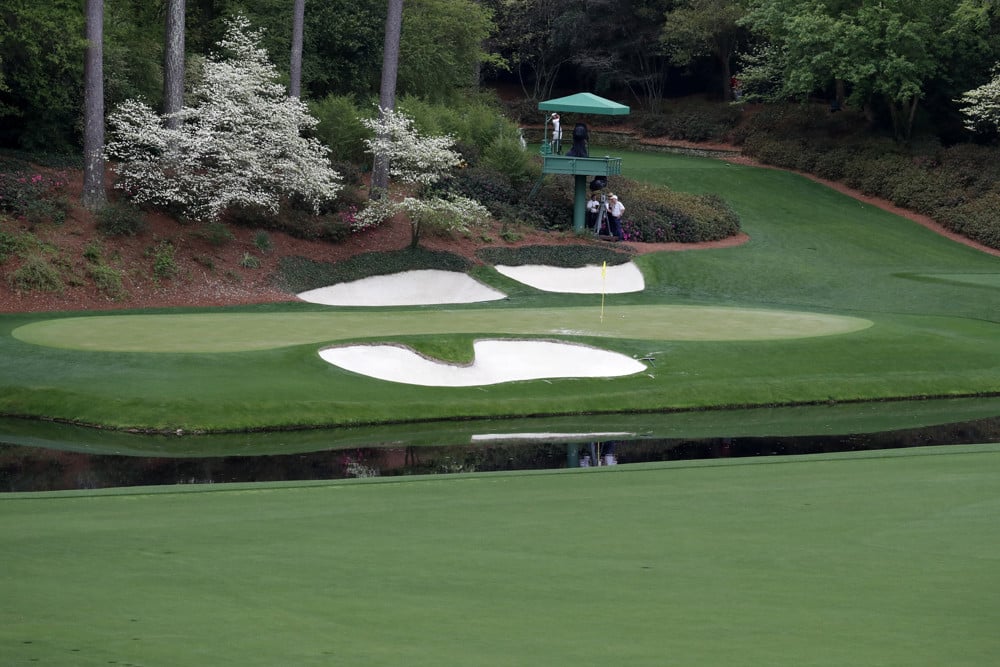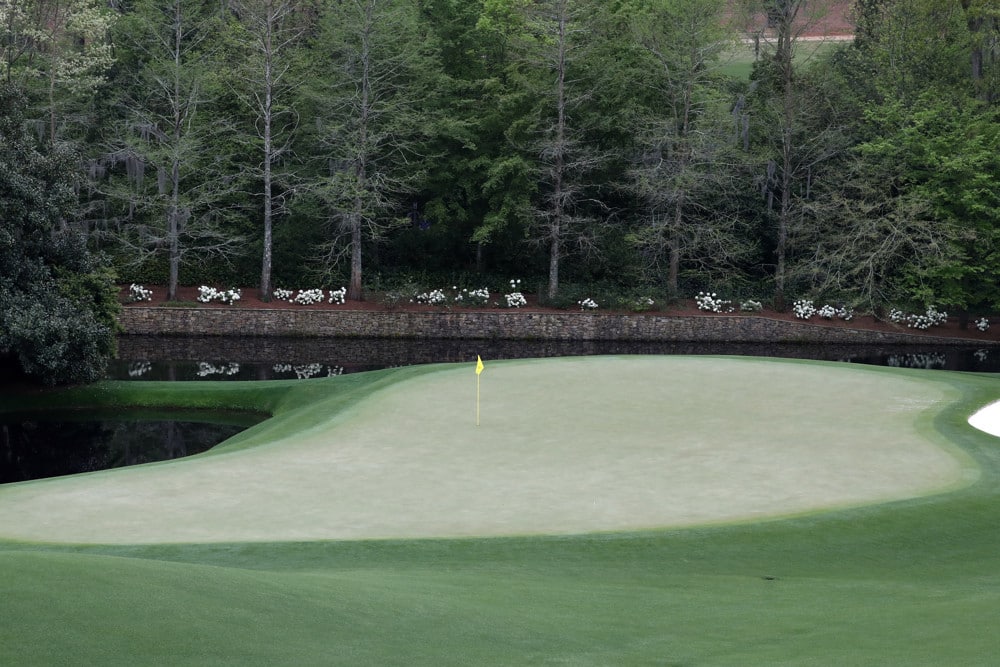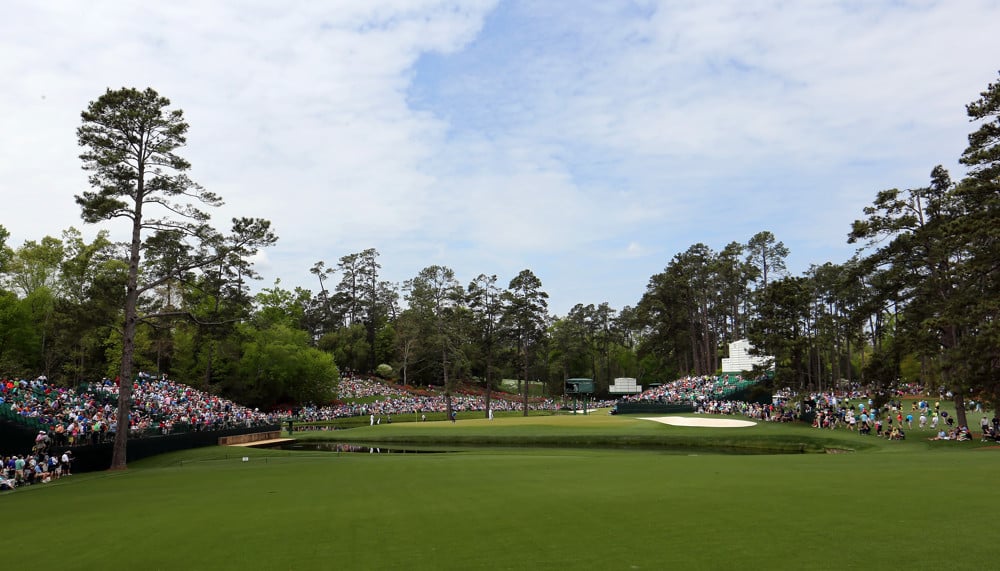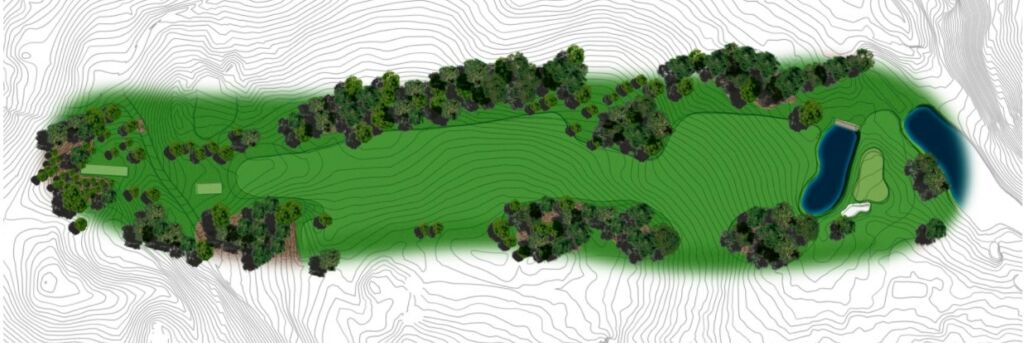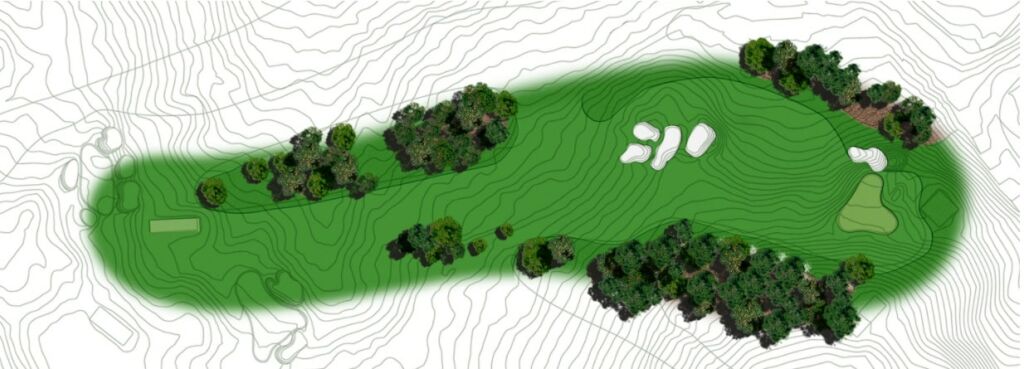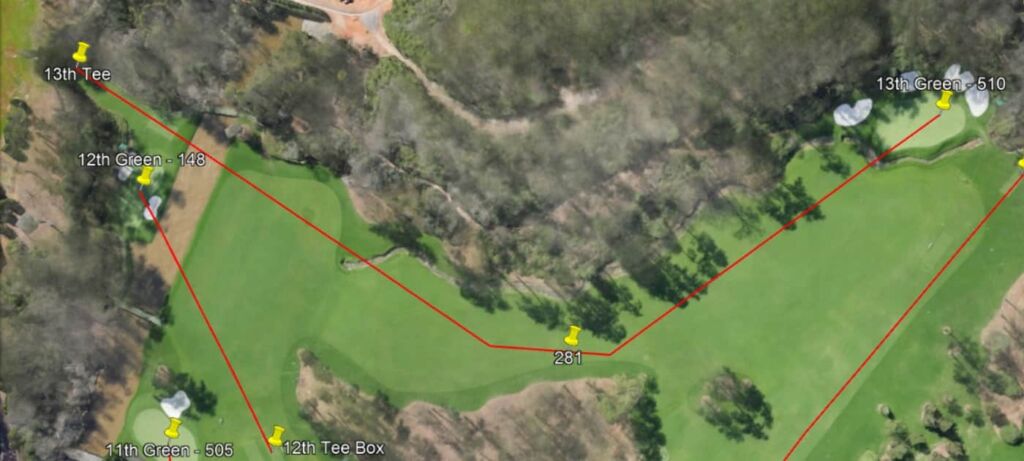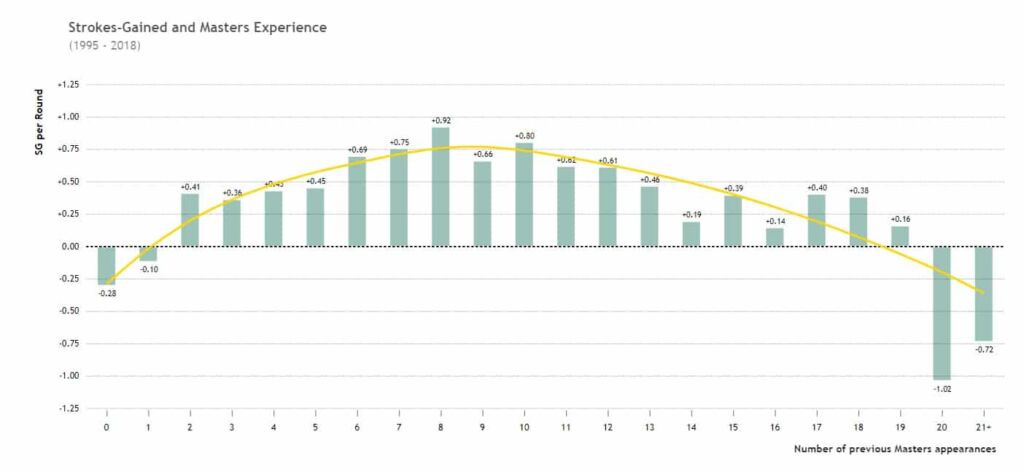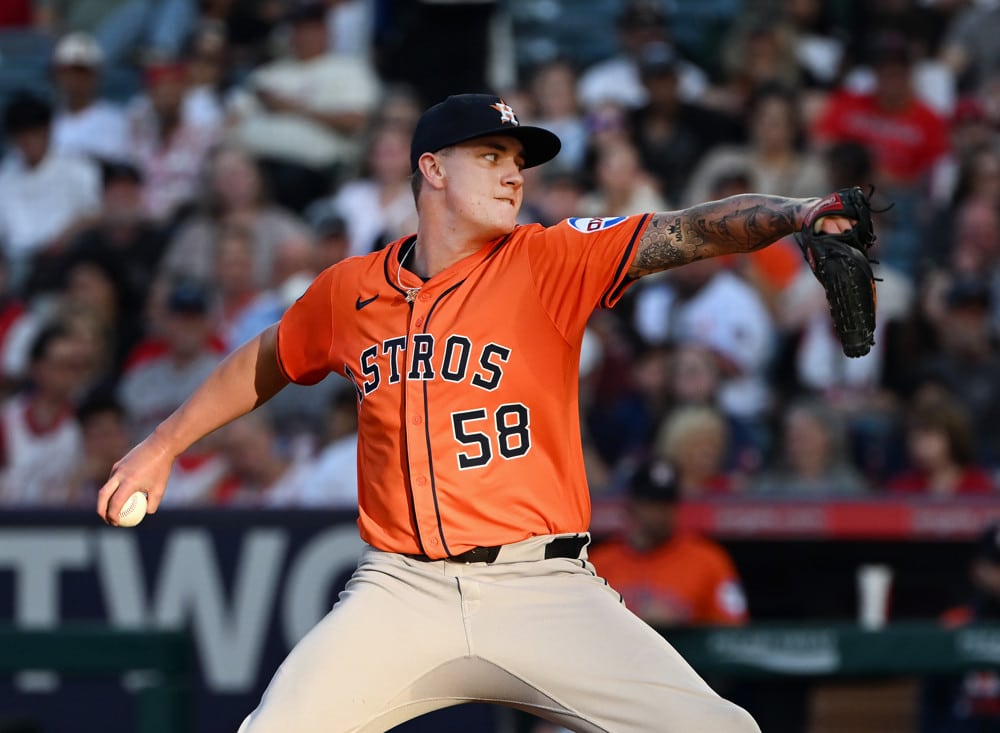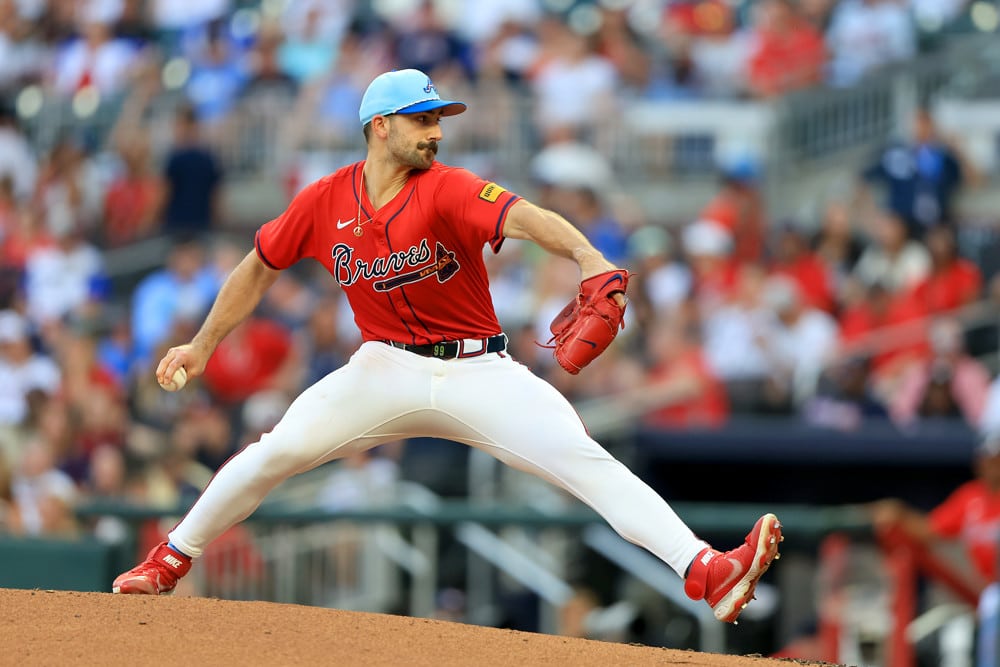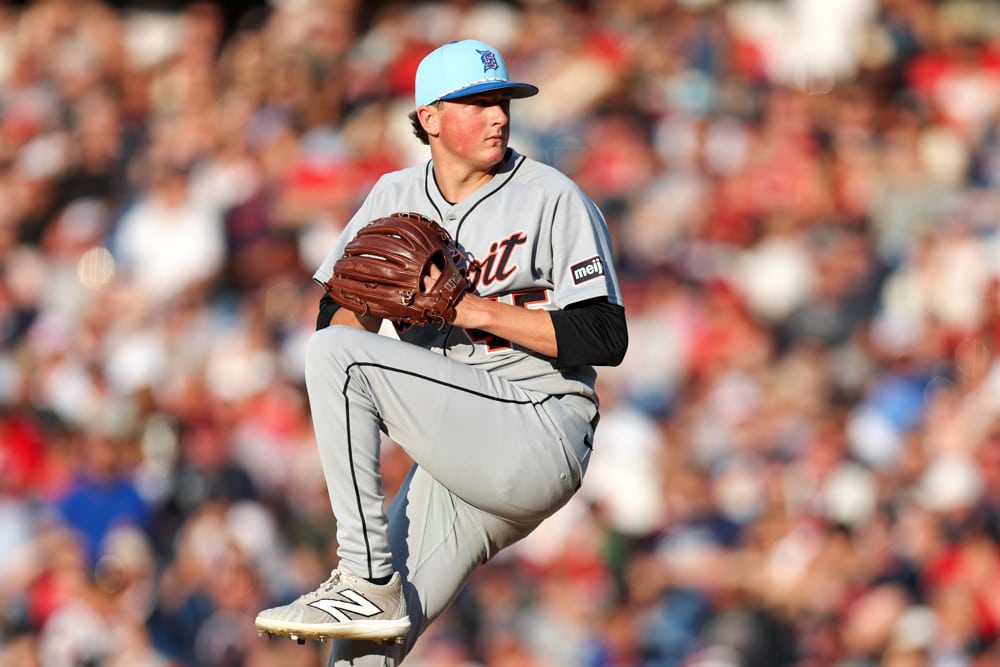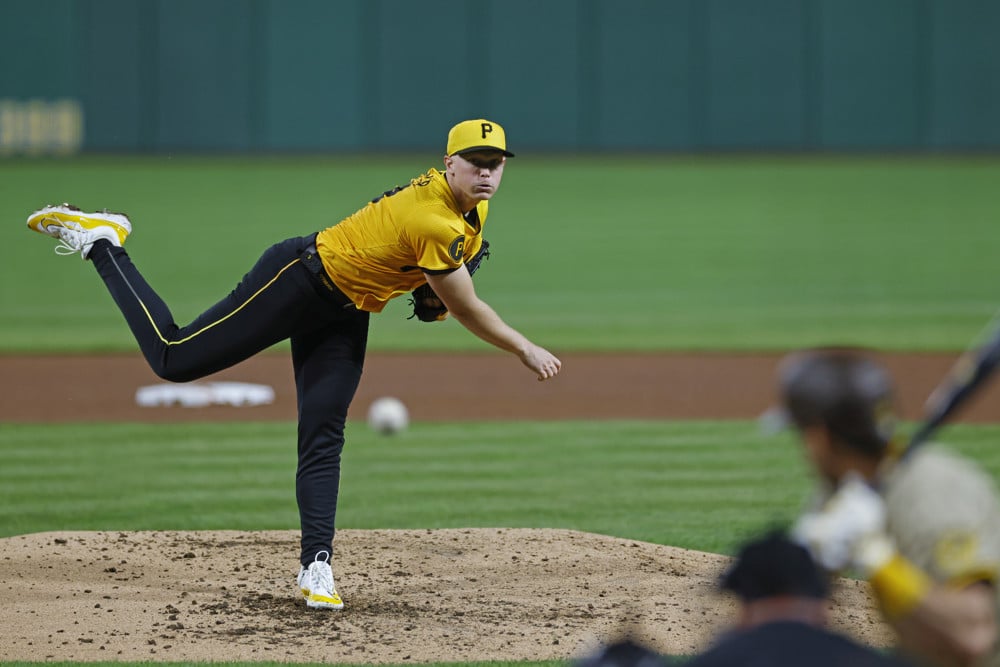It’s the week we’ve all been waiting for. The granddaddy tournament of them all once again plays out at the illustrious Augusta National Golf Club. It’s the 2022 Masters Tournament, where a new Champion will be crowned. Who will wear the Green Jacket this year? Here’s a preview of the 2022 Masters Tournament of who it could be.
2022 Masters Tournament Preview – The Field
Anyone you can imagine will make the trip down Magnolia Lane. Rahm. Brooks. DJ. Spieth. Morikawa. Bryson. They’re all here. If they’re a titan of professional golf, they’ll compete at the 2022 Masters Tournament.
But there’s one name that overshadows them all. And he hasn’t even hit a golf ball once in a competitive environment. Though not official, it seems like five time Masters Champion Tiger Woods is trending towards playing in the 2022 Masters Tournament. We’ve yet to see the fire, but there’s plenty of smoke. It first started with reports he was walking around his home course of Medalist Golf Club in Jupiter, FL. Then he was spotted in a practice round with Justin Thomas at Augusta National earlier last week. Is he truly playing? Or is this all for show to improve his ranking in the PIP. We’ll know our answer probably on Monday evening.
For the full field, click here.
2022 Masters Tournament Preview – The Golf Course
Augusta National needs no long introduction. Even casual fans know the prominent holes, the traditional Sunday pin placements, and why Augusta National is considered one of the finest golf courses in the world.
Augusta National carries significant weight in the golf world in setting both policy and standards. It also is keenly aware of the evolution of golf and how, specifically, technological innovations have changed the game. The club is always looking for ways to tweak the golf course so it can keep up with technological advancements.
The only significant change the last few years were the adjustments to the fifth hole. But in 2022, major changes were made that may drastically alter how two famous holes are played.
Alterations to the 11th Hole: White Dogwood
Before:
Historical Google Earth Imagery
After:
Over the better part of the last decade, the once revered beginning to Amen Corner had eroded into a boring, unimaginative hole. Prior to the Tiger era, the hole featured a much wider landing zone and far fewer trees. It rewarded drives down the right towards the pine straw with a better angle to the green. A safer tee shot down the left was much more inviting, but presented a challenging second shot that brought the pond in play left of the green. One could bail out right of the green, but that presented a tough up and down from a tight lie onto a fast green.
But Tiger Woods changed everything. In response to his domination, Augusta National began the trend of “Tiger Proofing” the golf course. Not only were holes significantly lengthened, but several trees were planted as well as the addition of an intermediate cut of rough. It was thought that by lengthening and narrowing Augusta National, Tiger Wood wouldn’t have as big of an advantage at the golf course.
He responded by winning four more Green Jackets.
The 11th hole was a textbook example of how a once great hole was ruined due to changes made in an attempt to curb Tiger Woods’ dominance. Whereas before the hole presented lots of options and risk-reward, there became only one way to play the 11th. Hit a tee shot to the left side of the fairway. Attempt to hit the front of the green or bail out right, and try and get up and down for par. Birdies and disastrous double bogeys or more were almost completely taken out of the equation. The 11th hole almost always yielded a result of either par or bogey.
But the changes made in 2022 breathe life into the hole for the first time in decades. While it was lengthened again, it was completely transformed tee-to-green. A significant number of trees were taken out down the right side of the hole. And by shifting the tee boxes left, now players are encouraged to aim down the right side of the fairway as Alister MacKenzie had intended. But aiming down the right still presents its risks. There’s still swaths of pine trees that can put a player in trouble should they find themselves in it. There’s also three lone pine trees in the middle of the right side of the fairway to create a nuisance should the ball run out to an undesirable and unlucky location. But the reward for a perfectly executed shot is a flat lie with a tremendous angle to the green.
Players may opt to play down the left side of the fairway as before. However, they have a bad angle to the green and bring the water in play. And awaiting those who make their approach shot from the left side of the hole is a revamped, significantly tougher bailout zone. Per Andy Johnson of the Fried Egg, he reports that the bailout right of 11 is lower than before. This has made for a more challenging up and down back to the pin.
While the hole isn’t completely back to its original design, the changes to the 11th hole for the 2022 Masters Tournament were not only long overdue, but tremendously executed. Not only does the hole become more exciting, but also more challenging. Rory McIlroy reported that he believes 11 will be the tougher than previous years. Despite that, expect more birdies and more car crashes on the 11th hole in 2022.
Alterations to the 15th Hole: Firethorn
Before:
Historical Google Earth Imagery
After:
The changes to the 15th aren’t as dramatic as they were to the 11th. But they still fundamentally change how the hole is played. The Par 5 15th added 20 yards in length and now plays at 550 yards. This was accomplished by moving the tee boxes back and to the right. The tee box is now in very close proximity to the 10th green.
But the subtle changes to the fairway are what stands out here. The fairway was “recontoured” to add an additional 10-15 yards of width. Basically, the first cut of rough down the right side of the hole was replaced with short grass. In addition, per Andy Johnson of The Fried Egg, some earth was moved to try and recreate a hill to keep the ball from running out too far in the fairway. And like the 11th, taking on the right side of the fairway is risk-reward. Too far right ends up in the pine trees with no shot to hit the green in two. But a perfectly executed tee shot gives one a flat lie and a great angle to attack the pin.
Players can bail out left like in prior years. But not only are they obstructed from the green with pine trees in front of them, they’re now much farther back than before. Where players were previously hitting 5 or 6 irons into the green, now they’re hitting 3 or 4 irons, or even a fairway metal. That makes the approach shot incredibly nerve wracking. The only place to miss is the bunker right of the green. But anything short rolls back into the water. Anything long not only makes it a near impossibility to get up and down, but also runs the risk of a bad hop and running down all the way to the pond right of 16 (as Hideki Matsuyama did while leading the 2021 Masters last year). All this into a very small, narrow rock hard green.
Once again, Augusta National brought more excitement to the hole. And with that brings a much more dramatic chase for the Green Jacket down the back nine.
Short Grass Expansion
One change that wasn’t announced by the club, but perceptible to the best detective, is the expansion of short grass on the golf course. It seems as though the club has made the decision to start reigning in the first cut of rough. This creates much more width on holes. While the addition of more fairway seems to make it easier, the tradeoff is balls running off to poor angles to the green due to errant tee shots.
Here’s a few examples of the short grass expansion of 2022:
3rd Hole – Flowering Peach
Before
Historical Google Earth Imagery
After
The rough to the left of the fairway bunkers were removed. This will allow the ball to run off well to the left should a player errantly hit their tee shot down the left side. This also provides a poor angle to attack the green.
13th Hole – Azalea
Before:
Historical Google Earth Imagery
After:
Within the next five years, the 13th will get a major renovation that’ll eat up a ton of this article. For now, the only subtle change to the hole was the removal of rough on the right side of the fairway. Previously, this rough helped stop balls from running into the pine straw. With its removal, anyone who hits their tee shot a little too hot down the right side will run into the pine straw. This subtle change makes a big difference to how the hole will play.
Other 2022 Changes
Here’s a quick summary of other changes made to Augusta National in 2022.
- The tee box at the 18th was move back 15 yards while still allowing the hole to play at 465 yards. Per Geoff Shackelford, this might allow for a bomber to try and take an extreme route to the green by hitting their tee shot to the old practice area. This would avoid the narrow chute fairway and the nasty fairway bunker down the left. It’s probably an insane and reckless shot to pull off, but someone might try it this year.
- The 13th and 16th greens were rebuilt. This reconstruction allows for more pin placements. As of this point, not much is known how the greens will play differently in tournament play, if at all.
2022 Masters Tournament Preview – Betting Strategies
There is an abundance of data and history of The Masters available to gamblers. Almost too much. The high volume of course history, stats, and trends can feel a little overwhelming. I’m here to help simplify things for you this year and make sure you target the right things.
Like all my preview columns, let’s start with the relative skill set chart of Augusta National (per DataGolf):
2022 Masters Tournament Preview – Relative Skill Set Chart
On one hand, this chart is helpful in identifying several correlated skill sets at the top of the leaderboard at Augusta National. On the other hand, it isn’t. The most correlated skillsets at Augusta National is length off the tee, strong approach play, great scrambling, and good putting. The problem with this, however, is all this tells us is that you have to be really, really, really good at golf to do well at Augusta National. And not all contenders have all four of these traits. Some have three. Some only have two. The task is to try and identify what the most important ones are.
The first skillset that should be looked at the most is scrambling. Per DataGolf, Augusta National features the toughest greenside surrounds of any golf course in the professional game. Chipping off of tight lies onto fast and significantly undulated greens is no easy task. It takes delicate touch and cleverness to be able to get the ball close to the hole from off the green. The greenside bunkers are also set well below the green surface. As such, Augusta National features the third toughest bunkers to try and get up and down from on the PGA Tour. An elite short game has been a common trait of many Masters Champions and contenders.
The second skillset that should be emphasized is iron play. Of all regularly played PGA Tour events, Augusta National is the 6th toughest for approach shots. Once again, the firm, fast and significantly undulated greens provide a stiff challenge for anyone holding an iron in hand. It requires both distance and spin control to access certain pin locations. And with the vast majority of approach shots coming from long distances (more on that in a bit), it’s quite a challenge to try and get the ball close to the pin on the second shot.
As shown in the chart above, distance provides a tremendous advantage at Augusta National. It’s an extension to how tough the approach shots at Augusta are. The ability to hold a shorter club in hand to the green is a big edge given how tough it is to hit the ball close to the hole.
But there are ways for a short hitter to still contend. Typically, the guys who appear in Top 10’s at Augusta National who don’t possess a ton of pop off the tee are tremendous putters. Guys like Patrick Reed, Matt Kuchar, Brandt Snedeker and Cameron Smith compensate for a lack of length with fire putting. Considering Augusta National are the toughest greens to score on the PGA Tour, having this edge is big.
2022 Masters Tournament Preview – Approach Shot Proximity
For the first time, DataGolf parsed through the Masters data to not only calculate strokes gained, but create an approach shot distribution chart.
Here’s the chart from the 2021 Masters:
As alluded to earlier, Augusta National is one big test of how one hits their intermediate to long irons. The golf course features above average rates on all approach shots from 150-250 yards. With some lengthening to the golf course in 2022, there might be a small shift of approach shots from 225-250 to 250+. But the overall concept remains the same. For those who like looking at proximity stats, taking a blanket evaluation from 150+ yards is a great measuring tool.
2022 Masters Tournament Preview – Tournament Experience
Everyone always says that experience matters at Augusta National. But until recently, one couldn’t really quantify it. Like always, DataGolf explored the topic and gave the world the answers:
DataGolf provided a chart of strokes gained per round, categorized by previous Masters appearances. While showing that, yes, more experience at the Masters helps, this graph also identifies certain jumps in performance at certain points of one’s career. Per this chart, one experiences significant jumps in performance in their 3rd, 7th and 9th Masters. One peaks at the Masters in their 9th appearances and continues to enjoy sustained success up through their 13th appearance. And after 13 appearances, one’s performance begins to decline dramatically, primarily due to aging out as a competitive golfer. For those who can extend their shelf life, however, they can remain competitive at Augusta National well into their 40’s.
Here’s some players in this year’s field who are about to embark on a milestone Masters appearance:
3rd Masters Appearance:
- Scottie Scheffler
- Viktor Hovland
- Collin Morikawa
- Joaquin Niemann
- Sungjae Im
- Max Homa
- Abraham Ancer
- Matthew Wolff
- Jason Kokrak
- Christiaan Bezuidenhout
- Thomas Pieters
7th Masters Appearance
- Justin Thomas
- Brooks Koepka
- Shane Lowry
- Kevin Kisner
9th Masters Appearance
- Jordan Spieth
- Patrick Reed
There are some heavy hitters on these lists. And several of them are more than capable of capitalizing on their milestone appearance.
2022 Masters Tournament Preview – Weather Forecast
No golf course changes as much in different weather conditions than Augusta National. In pristine weather conditions, birdies are plentiful. But when the weather turns, Augusta National gets really mean.
Historically, the following creates the best scoring conditions at Augusta National:
- Temperatures above 80 degrees
- Humid, muggy conditions
- Soft conditions, especially immediately after rainfall
- Low wind from an easterly or southerly direction.
In these conditions, the ball flies off the club face. Any amount of moisture, whether it be via recent rainfall or humidity, makes the greens just enough receptive to allow for firing at pins. And low winds from the east or the south provide for the best scoring conditions. These winds either don’t impede the ball flight, or it may provide a helping wind, on the Par 5 13th and 15th. It’s absolutely vital to score on these holes at Augusta National.
The following creates the worst scoring conditions at Augusta National:
- Temperatures below 70 degrees.
- Low humidity and dry atmospheric conditions
- Lack of rainfall to create a firm playing surface
- High winds from a northerly or westerly direction.
In these conditions, balls struggle to stay in the air. The lack of moisture, either from rainfall or low humidity, make the greens rock hard and unreceptive. And high winds from the north or west provide for the stiffest test. From this direction, 13 and 15 play more into the wind to make it difficult to get home in two. And with west winds, balls are pushed towards “Death Bunker” on the long Par 4 5th, one of the toughest holes on the golf course.
Gamblers need to factor in all of these conditions to gauge how scoring will be at the upcoming Masters.
Per the forecast as of now, it looks as though this will be a tough scoring Masters. While the area has received a significant amount of rainfall over the last month to soften up the fairways, other factors like temperature, humidity and wind will negate these effects.
Here’s where things stand at the moment (per Accuweather):
- Thursday: Partly Cloudy, High 75 degrees. High humidity in the morning, low humidity in the afternoon. 25% chance of precipitation. Winds from the West at 10-12 MPH, with gusts approaching 25 MPH.
- Friday: Sun and Clouds, High 64 degrees. Low humidity throughout the day. 25% chance of precipitation. Winds from the West at 10-15 MPH, with gusts approaching 25-30 MPH.
- Saturday: Sun and Clouds, High 62 degrees. Low humidity throughout the day. 25% chance of precipitation. Winds from the West at 10-15 MPH, with gusts approaching 30 MPH.
- Sunday: Partly Sunny, High 70 degrees. Low humidity. No rain forecasted. Winds 5-10 MPH, with gusts approaching 15-20 MPH.
This is a very, very difficult weather forecast for scoring. Between cool temperatures, high winds out of the west, a small chance of rain and a lack of humidity, the golf course should firm up very quickly after the early week rains. The ball won’t fly all that far off the tee, and combined with softer fairways it’ll really take some oomph to put it out there with the driver. In addition, the greens should be rock hard with the combination of these weather conditions and the sub-air systems.
This forecast reminds me a lot of the 2017 Masters. Leading up to the tournament, the golf course got a significant amount of rain to soften it up. But the rain stopped once tournament play began, and it saw weather similar to what we’re expecting in 2022. Temperatures struggled to climb above 70 degrees for most the week. There was a stiff westerly wind for a couple days of the tournament. And there was very little humidity. That made the golf course play cold and firm. One may want to consult the 2017 Masters Leaderboard and find common themes of those who finished inside the Top 20 that week. It also should be used as a reference for scoring props offered by books this week.
2022 Masters Tournament Preview – Course Horses
Lastly, here is the Top 10 in career strokes gained per round at Augusta National (minimum of 10 rounds and in the 2022 field):
- Jordan Spieth: +2.94, 32 Rounds
- Tiger Woods: +2.78, 56 Rounds
- Jon Rahm: +2.77, 20 Rounds
- Justin Rose: +2.28, 58 Rounds
- Tony Finau: +2.18, 16 Rounds
- Dustin Johnson: +2.07, 40 Rounds
- Rory McIlroy: +1.96, 48 Rounds
- Xander Schauffele: +1.93, 16 Rounds
- Hideki Matsuyama: +1.93, 38 Rounds
- Brooks Koepka: +1.88, 22 Rounds
This is a premier list of golfers. Almost all of them have some pop off the tee. And the one who doesn’t, Jordan Spieth, has an all-world around the green game. All of them are tremendous ball strikers with their irons. Almost all of them are really good around the greens. And most of them run very hot on fast bentgrass playing surfaces. This list is a preview of who will do well at the 2022 Masters Tournament.


